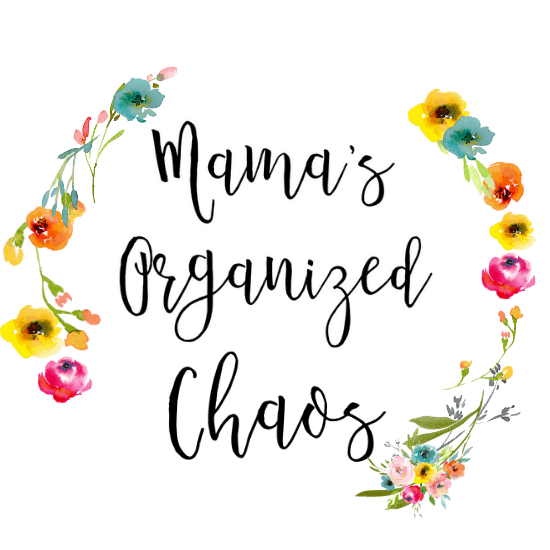Today we have a guest post from a Speech-Language Pathologist! I am so excited to be partnering with Susanna Weinberger for this guest post, and I am incredibly excited to announce that she is doing a 4 part series on the topic of encouraging your young child’s communication development. Part 1 is discussing “The Power of Waiting” and is shown in full below. To see future posts in this amazing series, please check out her blog, by clicking here.
How to Encourage Your Young Child’s Communication
Development
(Part 1 of a 4-part series)
Part 1: The Power of Waiting
The best way to foster your young child’s communication development
is by thinking about and, if necessary, modifying the way you interact with
him. When we integrate strategies into our daily interactions with our child, they
become automatic and natural.
Waiting is often among
the first strategies I teach parents of young children when they start speech
therapy. It is an effective way to create more language opportunities
throughout your child’s day. In order to
wait appropriately when interacting
with your child you must understand why you are waiting, what you are waiting
for, how to wait, and when to wait.
Why am I waiting?
- ·
To allow enough time to respond. Even very
young babies often imitate sounds and gestures (e.g., waving) if given enough
time to respond. Imitation is an integral skill to learning to communicate. - ·
To see what your child is interested in. Instead of initiating
an interaction and choosing a toy and how to play with it, wait while closely
observing your child to see what she wants to play with how she wants to play
with it. For instance, if we watch and wait
while reading a book, we can see what the child looks at and comment on it
(e.g., “That’s a rabbit. He goes hop, hop.”). Commenting on what is of interest
to your child is much more impactful than simply reading the story or
commenting on pictures she isn’t interested in. - ·
To avoid
anticipating your child’s needs. E.g.,
Wait for your child to ask to have
his shoes fastened before rushing over and fastening them. Wait for him to ask
you to blow bubbles before blowing them.
What am I waiting for?
- ·
Depending on your child’s level of
communication, you’re waiting for a facial expression, a gesture, a sound, a
word, a phrase, or an action. Any communication
attempt that may have otherwise never occurred is a success and fosters
overall speech and language development. - ·
To see how the child responds to a question or comment. We often ask a question (E.g., “Should
we blow bubbles?”) or make a comment (e.g., “Let’s blow bubbles!”) without
waiting to allow the child enough time to respond. - ·
As mentioned above, to see what your child is
interested in and follow her lead.
What does waiting look like?
- ·
Wait with an expectant look. This can be done by leaning forward, widening your
eyes, and/or opening your mouth. - ·
Wait for up to 10 seconds. That’s a long time
and likely much longer than you are used to waiting!
When should I wait?
- ·
Wait for your child to ask for help or for an
object or action as long as she still appears interested in that activity. If she has moved on to another
activity or toy, follow her lead. For example, if you were waiting for your
child to ask for another cracker before giving her one but she moved on to eating
her apple, say “I guess you are all done eating crackers and want some apple.” - ·
As long as she does not appear to be getting too frustrated, wait for your child to
request something. If she wants the top
off the bubbles but isn’t indicating this in any way, even with extended
waiting, and is getting frustrated, go ahead and open the bubbles, saying “It
looks like you need help to open the
bubbles!” - ·
Wait for your child to communicate in a way that
you feel she can be successful. If
your child is starting to use many sounds and gestures, use waiting to
encourage more of this type of communication.
If your child is imitating single words well, start waiting more to increase
her use of single words. - ·
There will be times that waiting is impractical:
you are in a hurry, or you or your child is tired/hungry/etc. In these cases it’s okay to reduce waiting
and anticipate your child’s needs a bit
but try to make this the exception and not the rule.
Happy waiting!
By: Susanna Weinberger, M.S., CCC-SLP
Speech-Language Pathologist

